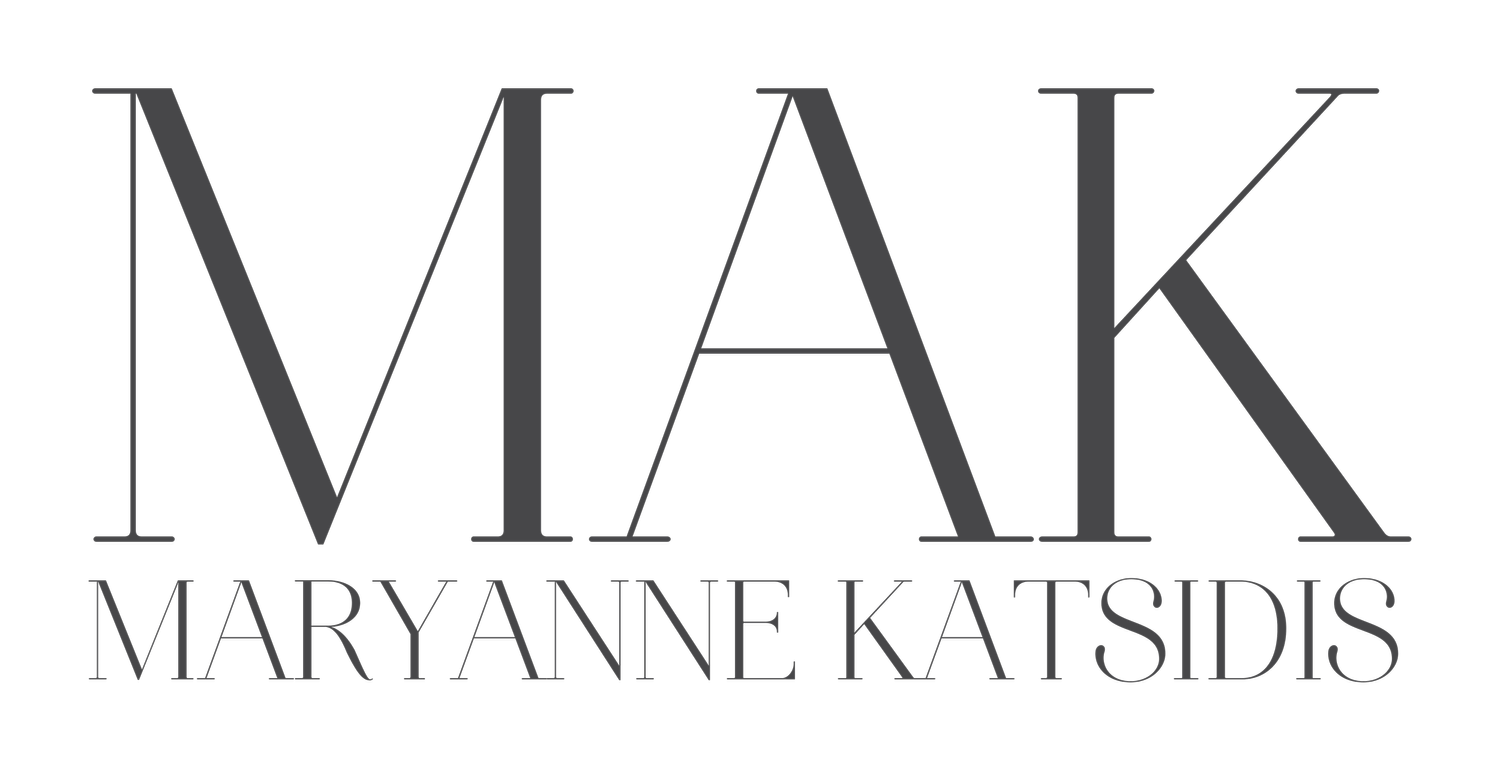Embracing Vulnerability in Leadership: How It Strengthened My Impact
Embracing Vulnerability: The Key to Authentic Leadership
When I first stepped into leadership, I believed I had to be the “perfect” leader—stoic, invulnerable, always in control. It felt like there was a rulebook I hadn’t read, one that dictated that a leader must always exude confidence, never falter, and have every answer ready. But over time, I realised that this version of perfection I was chasing wasn’t serving me or my team. True leadership, I learned, isn’t about perfection. It’s about connection, and connection is built on vulnerability.
One of the hardest moments of my leadership journey came when I had to admit to my team that I didn’t have all the answers. We were navigating a challenging project—one with high stakes, tight deadlines, and countless unknowns. The weight of needing to appear composed and all-knowing pressed heavily on me. But deep down, I knew I couldn’t shoulder the burden alone. My attempts to keep my uncertainty hidden were only isolating me from the people who could help the most: my team.
I took a deep breath, gathered my team, and shared my truth. I told them I was uncertain about the best path forward and that I needed their input and ideas. What happened next was nothing short of remarkable. Instead of losing confidence in me, my team leaned in. They opened up, shared their own challenges and insights, and together we brainstormed solutions. We didn’t just find a way forward; we built a deeper level of trust and collaboration that transformed how we worked together.
That moment taught me an invaluable lesson: vulnerability is a strength, not a weakness. It’s a bridge to connection and trust. It’s an invitation for others to bring their whole selves—their creativity, their wisdom, their humanity—to the table.
The Power of Vulnerable Leadership
Leadership that embraces vulnerability isn’t just about being honest when you don’t have all the answers. It’s about creating a culture where authenticity is valued and where people feel safe to express their ideas, concerns, and aspirations. Vulnerable leadership:
Builds Trust: When you show your humanity, you signal to your team that it’s okay to be human, too.
Fosters Collaboration: By admitting you don’t have all the answers, you invite others to contribute their unique perspectives.
Drives Innovation: Vulnerability creates space for creativity and out-of-the-box thinking because it removes the fear of failure.
Actionable Takeaways
If embracing vulnerability feels daunting, start small. Here are a few ways to integrate this practice into your leadership:
Admit Where You Don’t Have All the Answers: Take a moment today to acknowledge an area where you’re uncertain. Share this with your team and invite their input. You might be surprised by the ideas and support they offer.
Share a Personal Story: Opening up about a time when you faced a challenge or made a mistake helps your team see you as human, not just a leader. This simple act can create deeper connections and inspire others to share their stories.
Encourage Vulnerability in Others: Lead by example and create a safe space for your team to express their thoughts and feelings without fear of judgment.
An Invitation to Lead with Heart
Leadership isn’t about having all the answers. It’s about guiding others with authenticity, humility, and courage. By embracing vulnerability, you model the kind of leadership that inspires trust, fosters collaboration, and drives meaningful change.
The next time you feel the pressure to appear invulnerable, take a step back. Ask yourself: What would happen if I shared my truth instead? You might just find that your willingness to be real is the key to unlocking your team’s potential—and your own.
